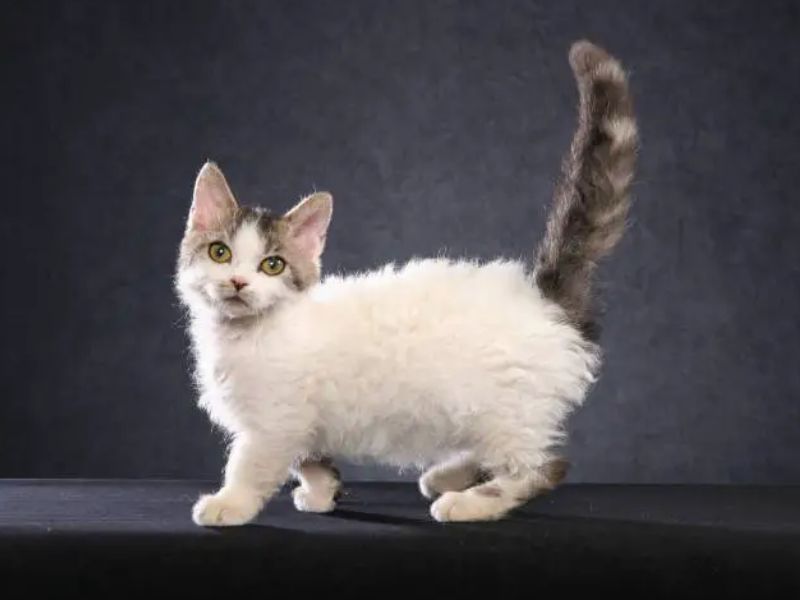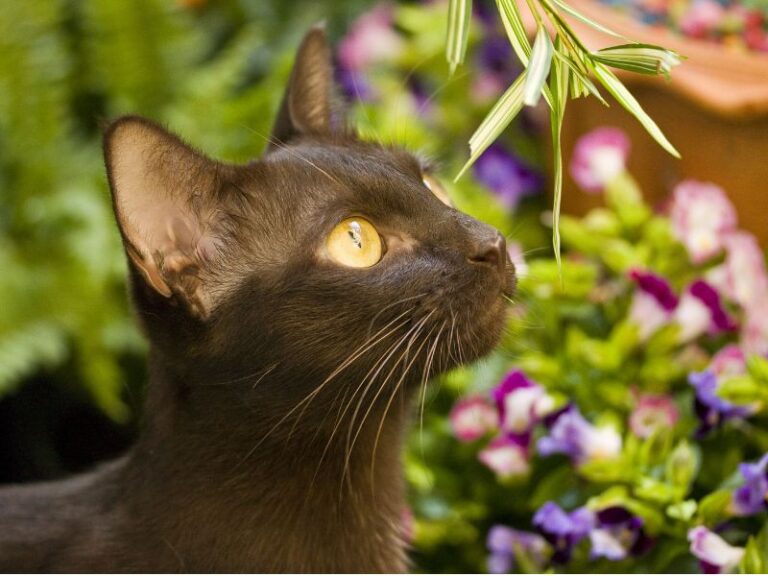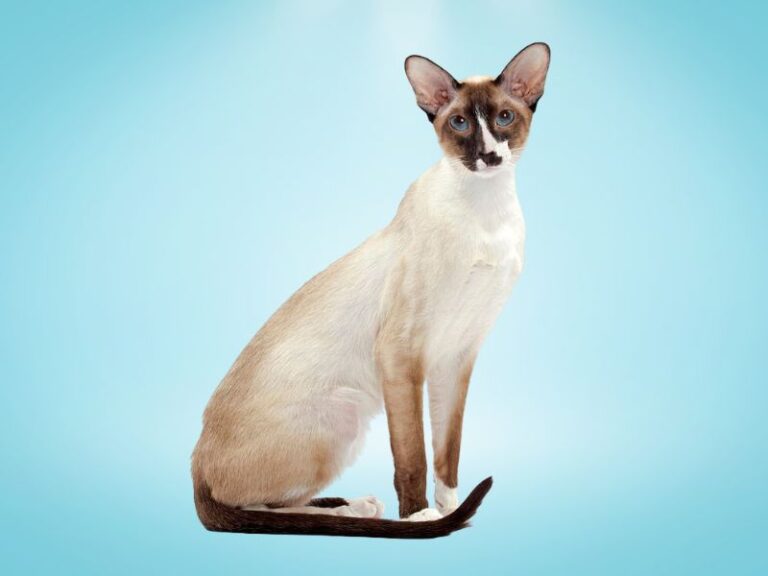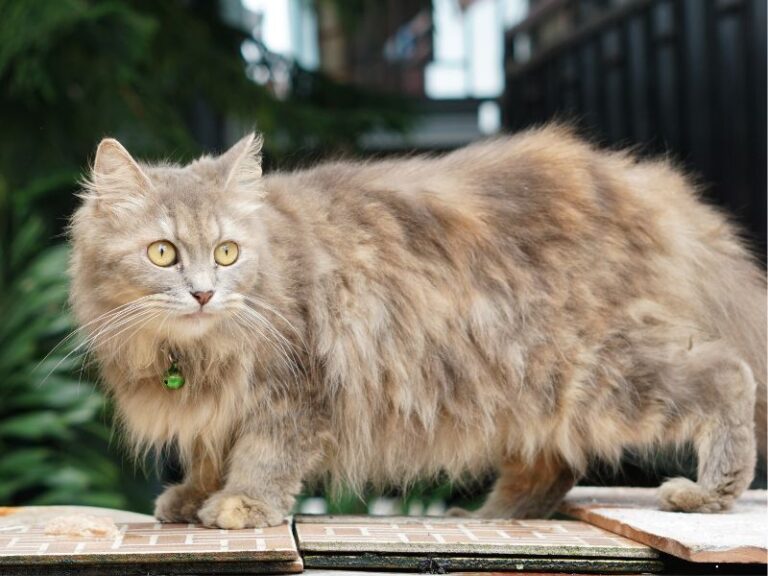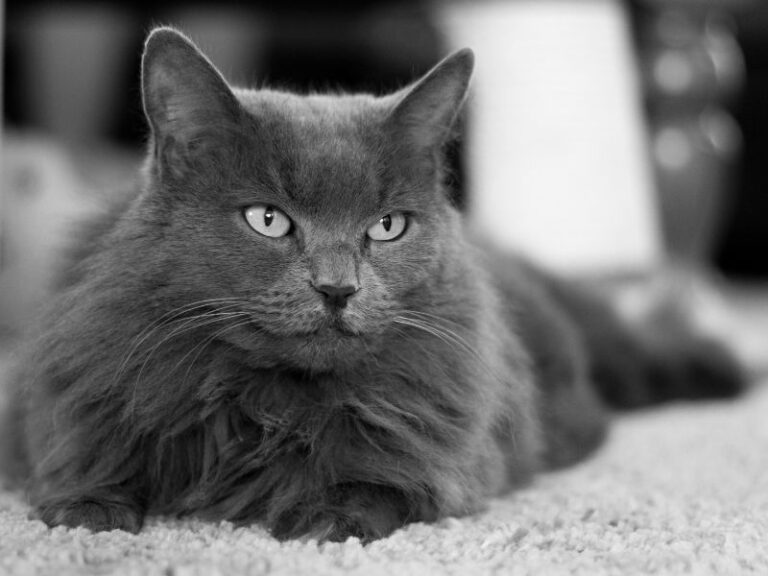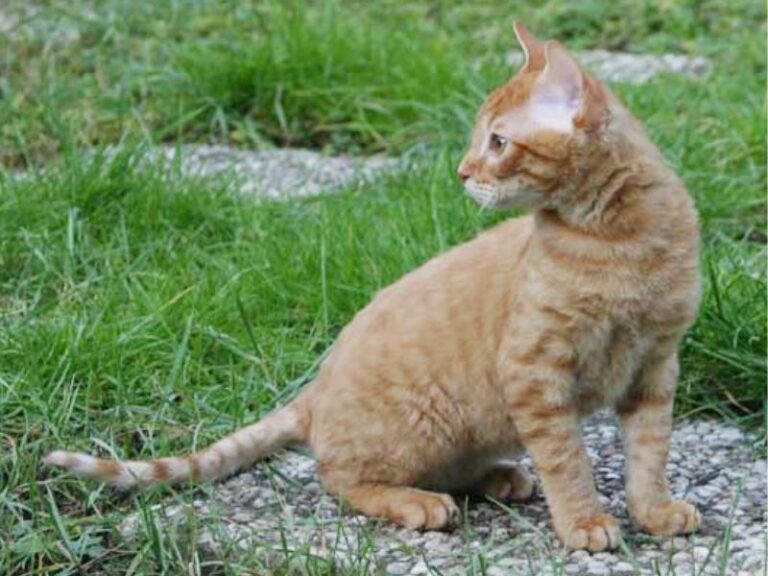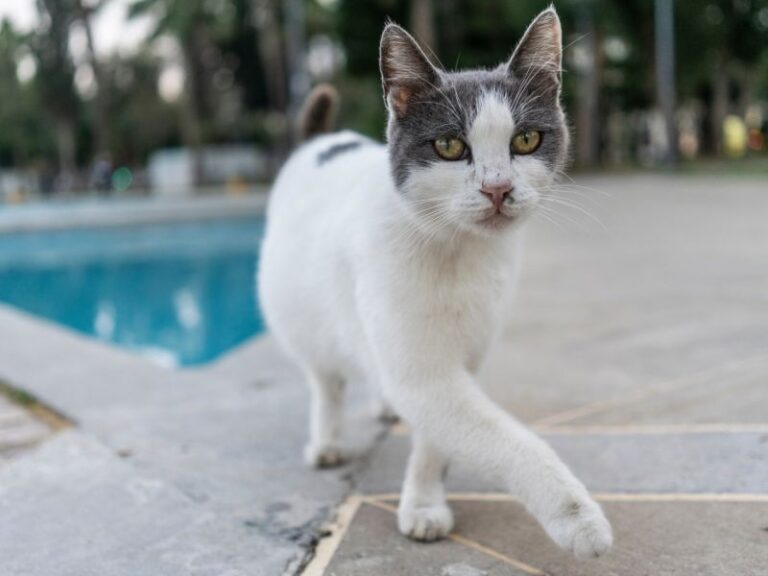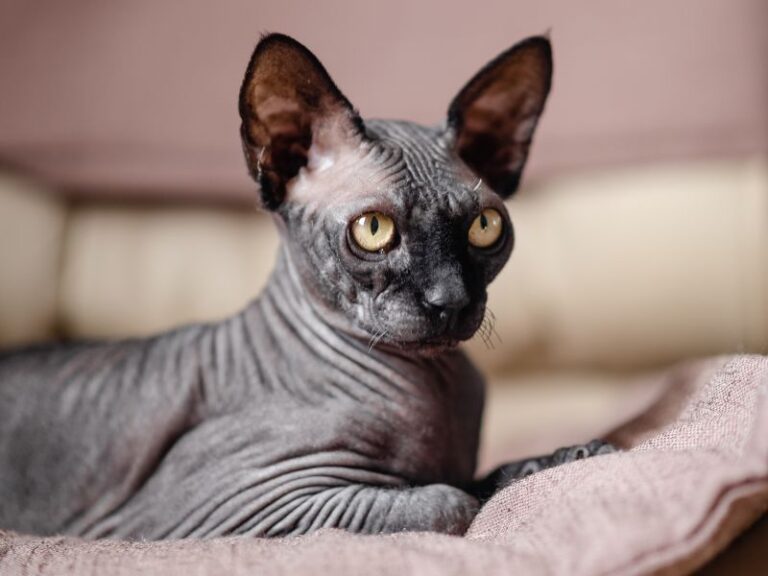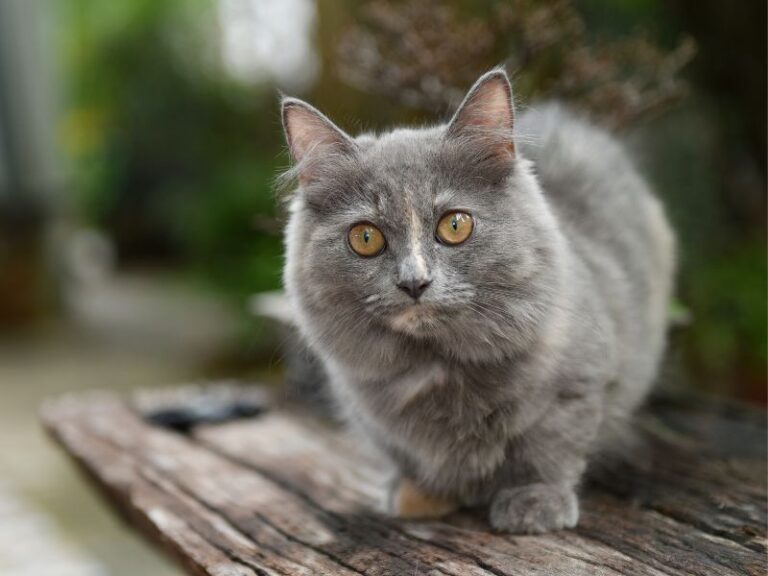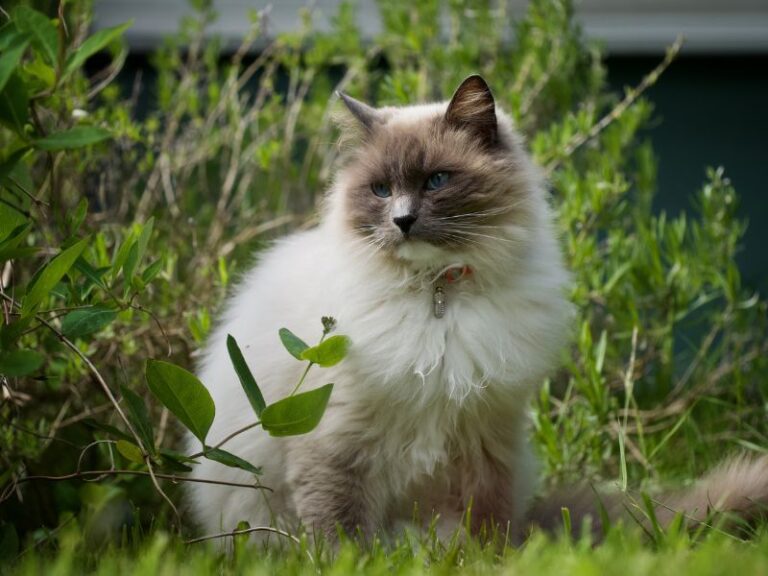Table of Contents
ToggleThe Lambkin Cat, an enchanting and distinctive feline breed, has captured the hearts of cat enthusiasts worldwide. With its adorable appearance and charming personality, the Lambkin stands out as a favorite choice for families and cat lovers seeking a companion that radiates both charm and uniqueness. In this comprehensive guide, we will delve into the captivating world of the Lambkin, exploring its origin, physical characteristics, lifespan, temperament, and essential care requirements.
Lambkin Cat Origin
The history of the Lambkin Cat begins in the early 1990s when dedicated breeders embarked on an ambitious mission to create a cat with short legs, akin to the Munchkin Cat, and a luxuriously curly coat reminiscent of the Selkirk Rex. Through a careful and patient breeding program, the Lambkin Cat emerged as the delightful result of the crossbreeding between the Munchkin Cat and the Selkirk Rex. The breed was aptly named “Lambkin” due to its adorable lamb-like appearance and endearing personality.
Despite its relative novelty, the Lambkin Cat has rapidly gained recognition and affection from feline enthusiasts around the globe, capturing hearts with its unique charm and captivating presence.
Lambkin Cat Physical Characteristics
The most striking and defining feature of the Lambkin Cat is its short legs, a characteristic inherited from the Munchkin Cat. These charmingly short limbs do not hinder their mobility or playful demeanor; rather, they add to their overall allure, giving them an eternal kitten-like quality that tugs at the heartstrings of anyone who encounters them.
Beyond their delightful short legs, Lambkin Cats possess a well-balanced body structure with a medium-sized frame and a gracefully arched back. This elegant build complements their overall appearance, creating a visually pleasing and harmonious feline companion.
Another distinctive aspect of the Lambkin is its luxurious coat, which can exhibit two primary types. Some Lambkin Cats boast a soft and curly coat, akin to the Selkirk Rex, while others showcase a straight, dense coat. Both variations offer a wide array of captivating colors and patterns, ranging from solids to striking bicolor and mesmerizing tabby patterns.
Lambkin Cat Lifespan
Lambkin Cats are generally hardy and healthy felines, capable of living long and fulfilling lives with proper care. On average, their lifespan ranges from 12 to 16 years, though individual longevity may vary. By providing attentive care, a balanced diet, and regular veterinary check-ups, you can ensure your beloved Lambkin Cat enjoys a happy and healthy life for many years.
Lambkin Cat Temperament
One of the most endearing qualities of the Lambkin is its affectionate and loving nature. These sociable felines thrive on companionship and eagerly form strong bonds with their human families. Known for their intelligence and playfulness, Lambkin Cats revel in interactive games and will keep you entertained for hours with their delightful antics.
Their friendly and gentle temperament makes them an ideal addition to families with children and other pets. Lambkin Cats are not only loving and loyal but also attentive listeners, always ready to lend a comforting paw to their human companions.
Lambkin Cat Care Requirement
Caring for a Lambkin involves attending to their unique needs to ensure their well-being and happiness. Here are some essential care requirements to keep in mind:
- Grooming: The grooming needs of Lambkin Cats vary depending on their coat type. Curly-coated Lambkins may require more frequent grooming to prevent matting, while those with straight coats may need regular brushing to reduce shedding and maintain coat health.
- Diet and Nutrition: Providing a well-balanced diet is crucial for your Lambkin Cat’s overall health. Consult with your veterinarian to determine the appropriate portion sizes and select high-quality cat food that meets their nutritional needs.
- Healthcare: Routine visits to the veterinarian are essential to monitor your cat’s health, administer vaccinations, and address any potential health concerns promptly.
- Exercise and Play: Despite their short legs, Lambkin Cats are energetic and playful. Engage them with interactive toys and provide scratching posts to keep them mentally and physically stimulated.
- Litter Box Maintenance: Keep their litter box clean and in a quiet, accessible location to ensure proper hygiene and comfort.
Final Words
In conclusion, the Lambkin is a unique and endearing feline breed that embodies charm, affection, and playfulness. With its distinctive short legs, luxurious coat, and friendly temperament, the Lambkin Cat has undoubtedly won the hearts of cat lovers worldwide. If you seek a delightful and engaging feline companion, the Lambkin Cat is a perfect choice, promising endless joy, companionship, and love within your home. Embrace the enchantment of the Lambkin Cat, and you’ll be rewarded with a lifetime of cherished memories and unbreakable bonds with this captivating and affectionate feline friend.
FAQ
how much does a lambkin cat cost?
The cost of a Lambkin cat ranges from $800 to $1,500 or more, depending on factors like pedigree, age, and breeder reputation. Reputable breeders may charge higher prices due to their focus on cat welfare and health.
What kind of living environment do they prefer?
Lambkin cats thrive in an indoor living environment to protect their unique coat from weather elements. Providing climbing structures and interactive toys will keep them mentally and physically engaged.
What is the temperament of a Lambkin Cat?
Lambkin cats are known for their affectionate, gentle, and social nature. They are friendly with their human family members and get along well with children and other pets.

